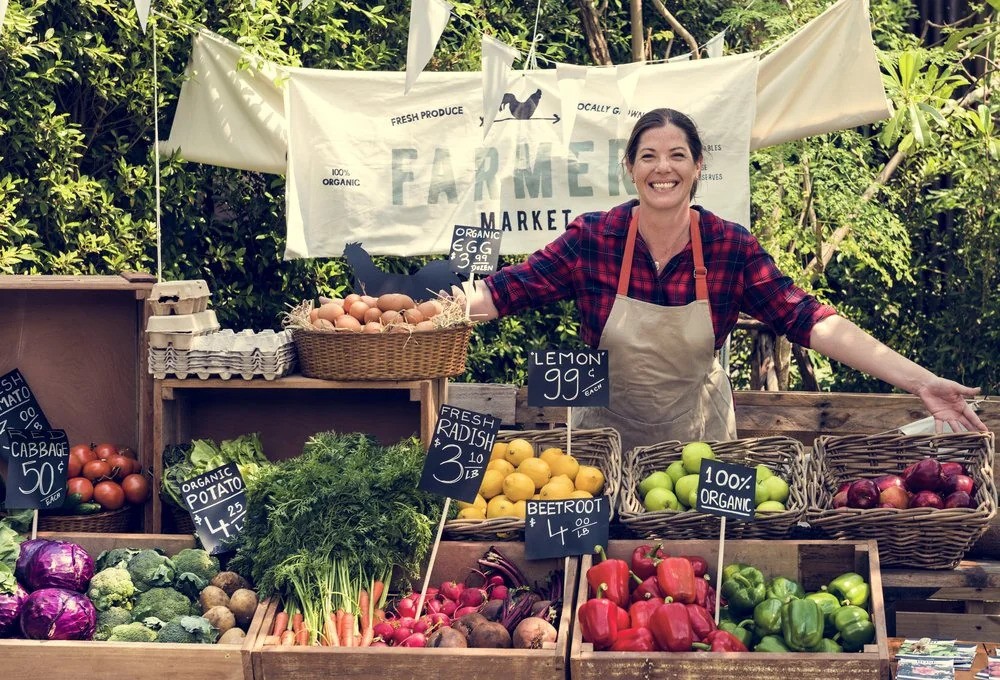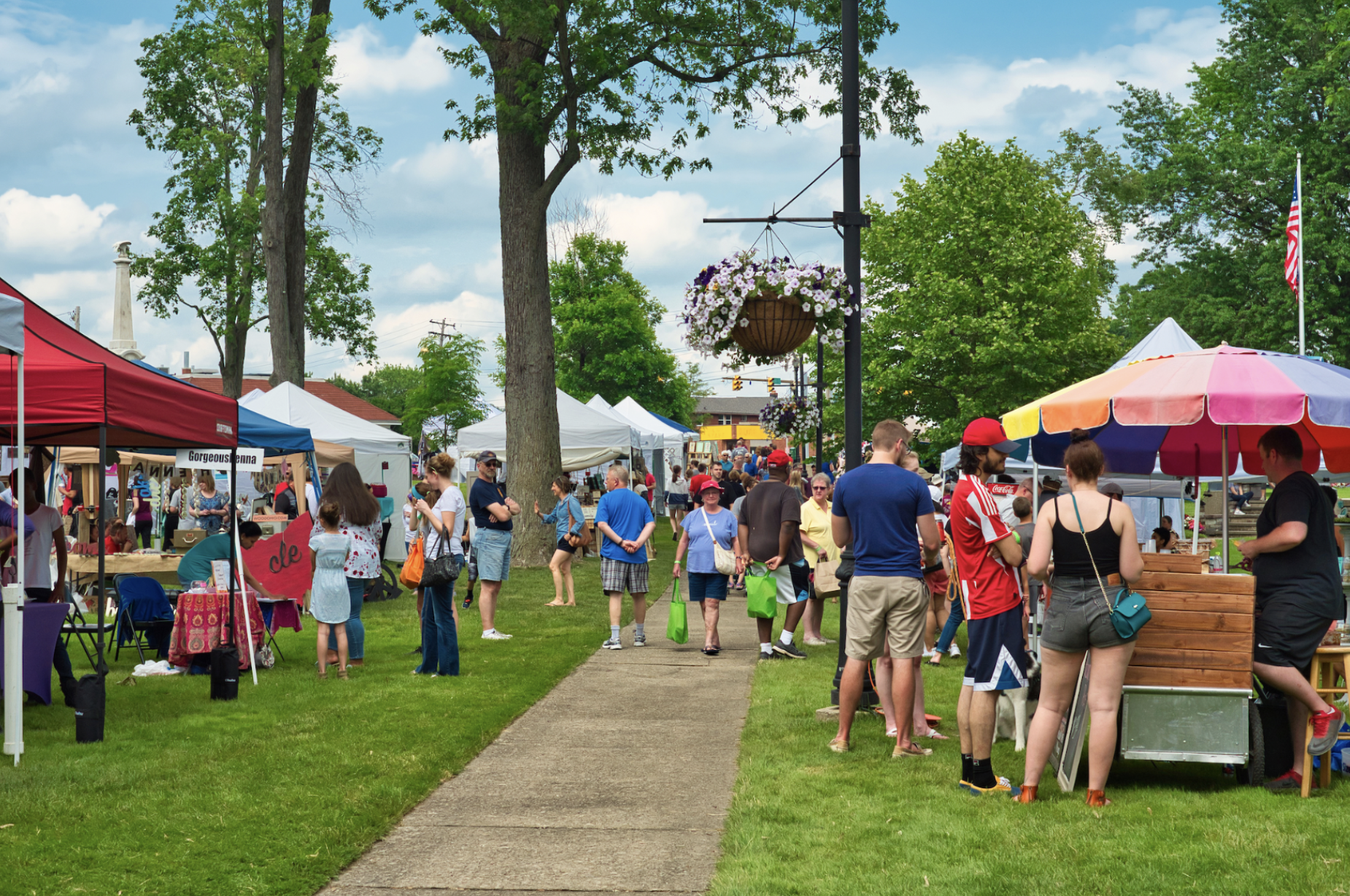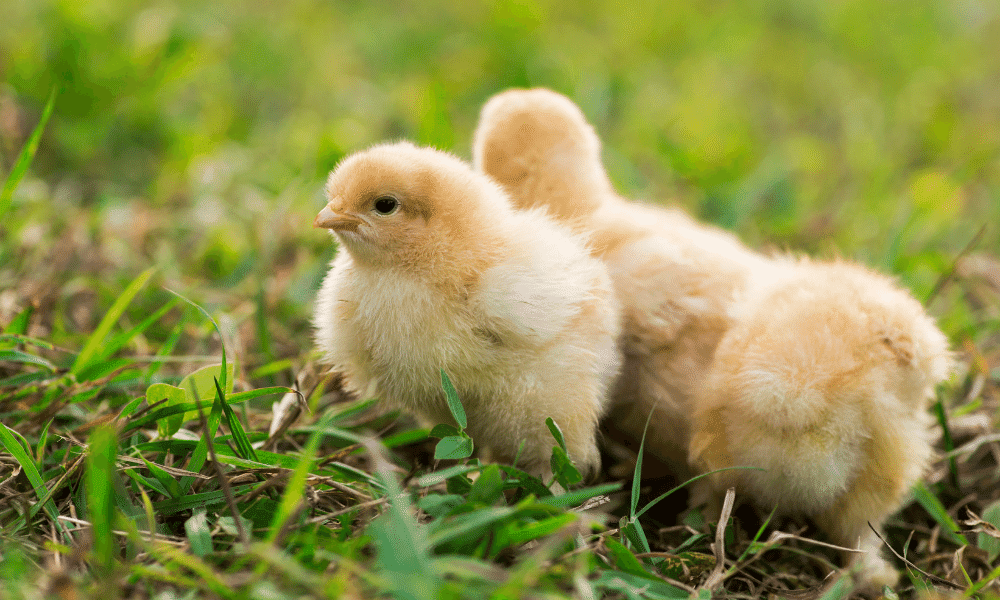Chicken Feeding Stations: Essential Considerations for Setup
There are so many options for chicken feeders available in the market. However, once you start delving into the world of raising chickens, you'll quickly realize that there are some important factors to consider in order to make your life (and your flock's life!) much easier. Let's dive into the main components of chicken feeders and explore the best way to set them up for feeding your feathered friends.
Essential Factors to Consider When Establishing Chicken Feeding Stations
Raising chickens involves more than just providing chicken coops; it also requires setting up proper chicken feeding stations. Understanding the importance and requirements of these stations is essential for any poultry farmer.
What are Chicken Feeding Stations?
What exactly are chicken feeding stations? These are specific areas or structures built within the coop or free-range area where your poultry can access their feeds. The design of these feeding stations can vary depending on factors such as the number of birds you have, their breed, and the space available. Chick feeders can be customized to suit your needs perfectly. Typical elements in a feeding station often include feeders, drinker stations, and sometimes, depending on your feeding pattern, separate sections for particular diets like grains or food scraps.
Having these feeding stations in place makes managing your flock's feeding routine easier and ensures that your chickens always have easy access to their food. It's a win-win situation for both you and your feathered friends!
Importance of Setting Up Proper Feeding Stations for Poultry Management
Effective Management: An organized feeding station promotes better control over the feeding process. It ensures a streamlined feeding process, minimizing waste, and maximizing efficiency.
Health and Hygiene: Proper feeding stations help maintain cleanliness, minimize spillage, and keep pests away. This, in turn, ensures the optimal health of your birds and minimizes the risk of disease spread.
Regular Supply of Nutrition: An adequately set-up feeding station ensures there is a regular and sufficient supply of nutrition for your birds. It considers the varying feeding habits of different breeds and age groups.
In essence, thoughtfully designed chicken feeding stations lay the groundwork for effective poultry management.
Factors to Consider When Establishing Chicken Feeding Stations
Regarding poultry management, choosing and setting up chicken feeding stations is integral to their care and well-being. Several factors must be considered to ensure your station is effectively designed and used to its full potential. Let's delve into these factors in more detail.
Marketplace
You might also be interested in...

Shop for chickens, livestock or other farm goods

About Farm Expo Events

Sell Your Chicks and Eggs
Location of the Feeding Station
Choosing an ideal location comes down to situating it at a spot that is easily accessible, well-lit, and convenient for the chickens to eat peacefully. Avoid areas with many interruptions, disturbances, or risks from predators. A quiet and calm place encourages chickens to consume their food better.
Access to a Clean Water Source
Now, water and feed go hand in hand. It is important to ensure that your chickens always have access to fresh, clean water near the feeding station. The water source should be relentlessly replenished to ensure optimal hydration for the flock.
Related read: Chicken Waterer Hacks
Protection From Predators and Weather Conditions
One essential factor to consider is how you'll protect your chicken feeding station from predators and harsh weather conditions. A cover or canopy will shield the station from rain, snow, or excessive sun. Also, a secure and robust enclosure keeps away hungry predators who may threaten your flock.
Types of Chicken Feeding Systems
Here are a few popular chicken feeder options:
Open Troughs
Open troughs are the most traditional and simplest type of chicken feeder. They are easy to fill, affordable, and allow multiple birds to feed at once. But, they can become a waste ground for feed as chickens can scratch and spill content out of them.
Automatic Feeders
Automatic chicken feeders are useful in limiting feed wastage. They automatically refill as the chickens consume, which is critical in a large flock where you often don’t have enough time to refill manually.
Hanging Feeders
Hanging chicken feeders are great for space optimization. Since they're hanging, they keep the feed off the ground and reduce spillage and waste.
Feeder Design and Size
The design and size of your feeders depend on the breed, age, and number of your chickens. The feeder should have a high lip to prevent scattering of the feed and be compact so chickens can reach the content without trouble.
Providing Enough Space for All Chickens to Eat Simultaneously
Ensure that all chickens have equal access to the feed to prevent dominance and bullying. There should be enough space around the feeding station so all chickens can eat together without feeling crowded.
Preventing Feed Wastage and Spillage
Conserving feed is vital in managing overheads. Tray dividers, treadle feeders, or anti-spill lips can help prevent wastage and ensure the feed is being fully utilized.
Access to Fresh and Clean Feed
Feeding chickens with fresh feed is crucial. The feed station should continually rotate feedstuffs to avoid leftovers becoming stale or molding and attracting pests.
Proper Storage of Feed to Maintain Its Freshness and Quality
To keep chicken feed fresh and nutritious, store it in a cool, dry place and use it within its shelf-life. Good storage practices will ensure your chickens get a balanced diet, which is vital for the health of your flock.
Regular Cleaning of Feeders to Prevent Contamination
Lastly, the cleanliness of chicken feeders is critical in preventing disease spread. Regularly clean and disinfect the feeders and the feeding stations to keep your chickens healthy and safe.
In conclusion, there's more to setting up chicken feeding stations than just throwing some feed in a tray! With careful consideration, you can establish an effective feeding station that maximizes poultry management.
Feeding Chickens: Schedule and Quantity
Whether we're talking about humans or chickens, an accurate and well-thought-out feeding schedule is crucial. So, what exactly does one have to consider when setting feeding schedules and quantities for their chickens?
Determining the right feeding schedule for your flock
While feeding your chickens once a day may be convenient, this isn't always the optimal approach. Poultry, particularly layers, require continuous access to feed throughout the day. So, the trick lies in setting a schedule that allows your chickens free access to their feed, but in a controlled manner to prevent waste. This could mean filling up the feeding stations every morning, or refilling them as needed throughout the day.
Consideration of age, breed, and purpose of the chickens
Not all chickens are created equal. This means that depending on their age, breed, and purpose (i.e., meat chickens versus egg layers), they'll have different dietary requirements. Young chicks require more protein while egg-laying hens need more calcium. Some breeds may have higher metabolisms and thus require more feed, while others require less. Ensuring you have the right feed for your particular flock configuration is key.
Consulting with experts and following recommended guidelines
If you're new to poultry management, consulting with a local agricultural extension office or poultry nutritionist could be beneficial. They can provide you with recommended guidelines based on the specific characteristics of your flock. These guidelines can help ensure your chickens receive balanced nutrition, which contributes to their overall health and productivity.
Calculating the appropriate quantity of feed
Consider the number and size of your flock. Larger breeds and larger flocks will naturally require more feed. An adult chicken typically needs about 1/4 to 1/3 pounds of feed per day. However, this quantity may vary depending on factors like breed, age, and the chicken's purpose.
Taking into account the number and size of the flock
Don't forget to adjust the feeding station set-up according to the size and number of chickens. For instance, if you have a large flock, consider setting up several feeding stations to prevent overcrowding and competition. This ensures that even the weaker or timid birds get their fair share.
Adjusting the feed quantity as the chickens grow
Just like human infants have different nutritional needs as they grow, so do chickens. As chickens mature, they will require less protein and more carbohydrates and fat. The feed quantity should, therefore, be adjusted periodically as your chickens grow to maintain optimal health and productivity.
Considering vitamin supplements for chicken feed? Learn about Rooster Booster’s Vitamin B12.
In conclusion, setting up chicken feeding stations is more than just filling feeders with grains. It involves meticulous planning, constant monitoring, and frequent adjustments to ensure the feeding regimen caters to every bird's need. Happy feeding!
Feeder Maintenance and Hygiene
When setting up chicken feeding stations, a key consideration is maintaining the cleanliness and functionality of your feeders. This not only helps in ensuring a steady supply of food but also prevents the spread of diseases. Here are some areas to focus on:
Regular Cleaning of Feeders
Cleanliness is paramount when it comes to poultry management. Feeders should be cleaned regularly to avoid accumulating old and spoiled food. The frequency of cleaning may depend on the type of feeder and the number of birds but at the very minimum, a thorough cleaning once a week is recommended.
Use warm, soapy water and a scrub brush to clean all parts of the feeder.
Rinse thoroughly to ensure no soap residue is left.
Allow the feeders to dry completely before refilling to prevent mold.
Importance of Preventing the Buildup of Mold and Bacteria
Neglected feeders can quickly become a breeding ground for harmful mold and bacteria. Not only can these contaminants make your chickens sick, but they can also deter the birds from eating altogether. Regular cleaning and sanitizing is a must to keep your flock healthy and happy.
Different Cleaning Methods for Different Types of Feeders
Bear in mind that different types of feeders require different cleaning methods. PVC and metal feeders usually only require warm, soapy water and a brush, but wooden feeders may need an additional disinfection step. Follow your feeder manufacturer's instructions carefully for the best results.
Inspecting and Repairing Feeders
Beyond cleanliness, inspecting your chicken feeding stations for signs of damage is crucial. Check the feeders for cracks, holes, or sharp edges that might injure your chickens or allow feed to spill out.
Checking for Wear and Tear, Loose Parts, and Damage
Check for signs of wear and tear as these could indicate that a feeder needs repair or replacement. Loose parts could potentially become choking hazards for your flock, while damaged sections might allow pests to access the feed.
Replacing or Repairing Feeders as Needed
Regardless of how well you keep up with maintenance, all feeders will eventually need to be replaced. Keeping an eye on the condition of your feeders will enable you to make timely replacements, ensuring your chickens always have access to fresh, clean food. But remember, a little mending can often extend the life of a feeder, so don't be too quick to toss out a feeder that might simply need a minor repair!
Monitoring and Evaluating Chicken Feeding Stations
To ensure optimal results, it’s not enough to just set up the chicken feeding stations. You also need to monitor and evaluate them regularly. This will help you identify issues, make necessary amendments, monitor feed levels, and enhance your poultry management skills.
Observing the Chickens' Feeding Behavior
Invest time observing your flock's eating habits. Key behaviors to look out for are how the chickens queue up to eat if they have a particular eating time, and if certain chickens are being left out. Understanding these behaviors can provide insights into the effectiveness of the design's effectiveness and suitability for your flock.
Identifying Signs of Chicken Aggression or Bullying
Bullying at the feeding stations can deprive some of your birds of their daily feed intake. Watch closely for signs of aggression, such as pecking, chasing, and excluding others from the feed. Quick intervention can ensure that every bird gets a fair shot at the feed, fostering a healthy and harmonious environment.
Ensuring Fair Access to Feed for All Chickens
Securing equal access to feed for all birds is vital. Monitor the feeding slots and ensure that there are enough for all birds. You might need to:
Increase the number of feeding stations
Implement a feeding schedule
Strategically position feeding stations to reduce overcrowding
Evaluating the Effectiveness of the Feeding System
A well-designed feeding station will be efficient, minimize waste, and promote fair feeding. Assess whether your feeding system is easy to fill, whether it keeps the feed dry, and if there is minimum spillage.
Measuring Feed Consumption and Growth Rates
Ensure you measure the growth rates of your flock against their feed consumption. This data can provide valuable insights into the efficiency of your feeding stations. Consider whether:
Birds are growing at the expected rates
There is a balance between feed input and weight gain
Feed is being wasted
Making Adjustments Based on the Data Collected
After collecting and analyzing the data from your feeding stations, you should work on making necessary adjustments. Changes could be like redesigning your current feeding station, altering your feeding schedule, or even changing the feed type. The key is to use scientific management to optimize growth rates and ensure a thriving poultry unit.
Conclusion
As we wrap up, it's paramount to remember the significance of appropriately setting up chicken feeding stations. Creating and maintaining an effective feeding station isn't just about providing food for your chickens; it's also about ensuring their growth, health, and productivity.
The Importance of Proper Chicken Feeding Stations
Designing a well-structured chicken feeding station boosts their nutritional intake significantly. Also, considering factors such as the feeder's size, the station's height, easy access, and protection from pests play a substantial role in overall poultry management.
Final Tips for Successful Poultry Management Through OptimizedFeeding Stations
Always be attentive to the cleanliness of the feeding station to prevent the onset of diseases.
Regularly monitor your chickens' consumption and adjust the amount according to their needs.
Don't forget to ensure safe access to the feeding station for all chickens, including the smaller and weaker ones.
If any mishaps occur, like spilled feed or a pest invasion, quickly address the issue to maintain the efficiency of your feeding station.
In conclusion, setting up chicken feeding stations involves attention to detail, careful planning, and continual upkeep. With these in mind, achieving successful poultry management becomes a straightforward task.
If you love chickens, you’re in the right place! Roobeez is the first-of-its-kind online farmer’s market and resource center designed specifically for poultry lovers. Search for local poultry breeders, learn chicken-keeping tips and tricks, and more. Becoming a Roobeez member is FREE and has many benefits, including unlimited online marketplace access, helpful informational guides, a supportive farm and homestead community, and more.
You might also be interested in…

























Discover farmers markets near you with Roobeez! Explore local events, find seasonal and weekly markets, and shop fresh produce and handmade goods on our marketplace. Contribute to our growing directory by adding your favorite markets and community events. Supporting local has never been easier!